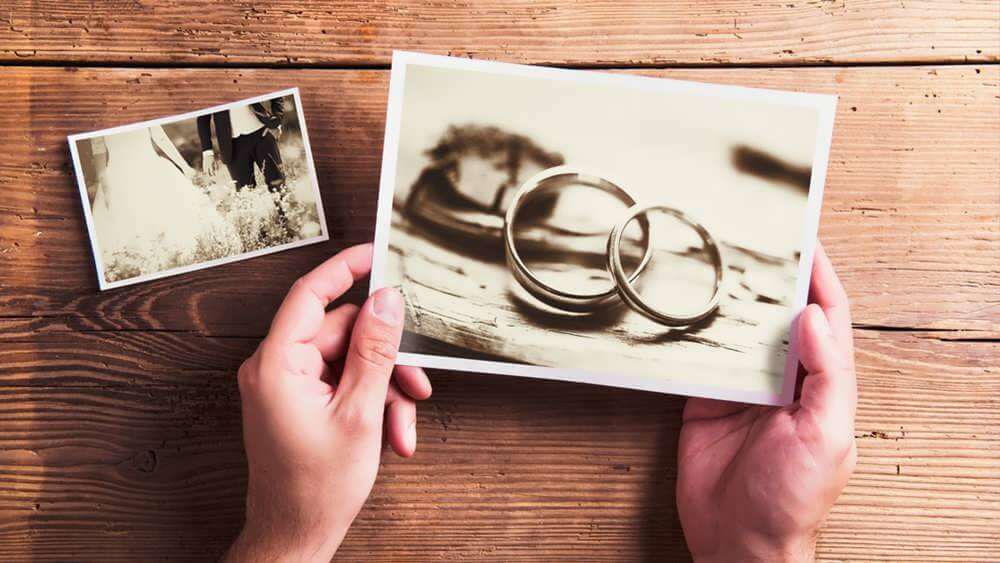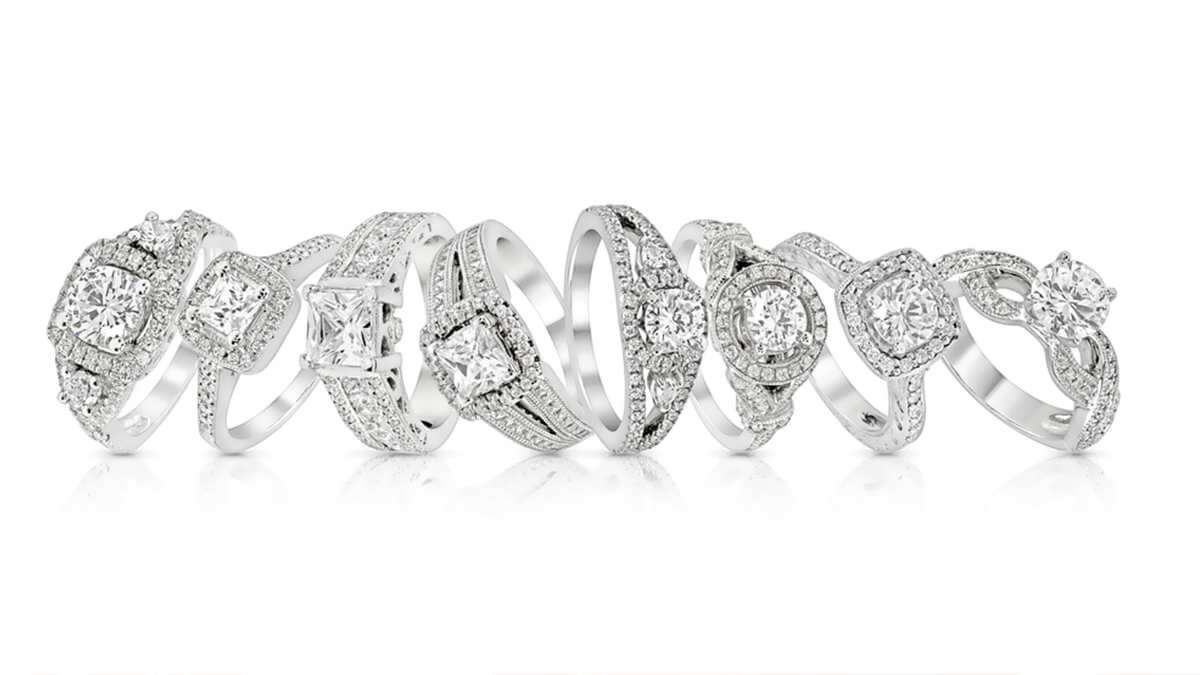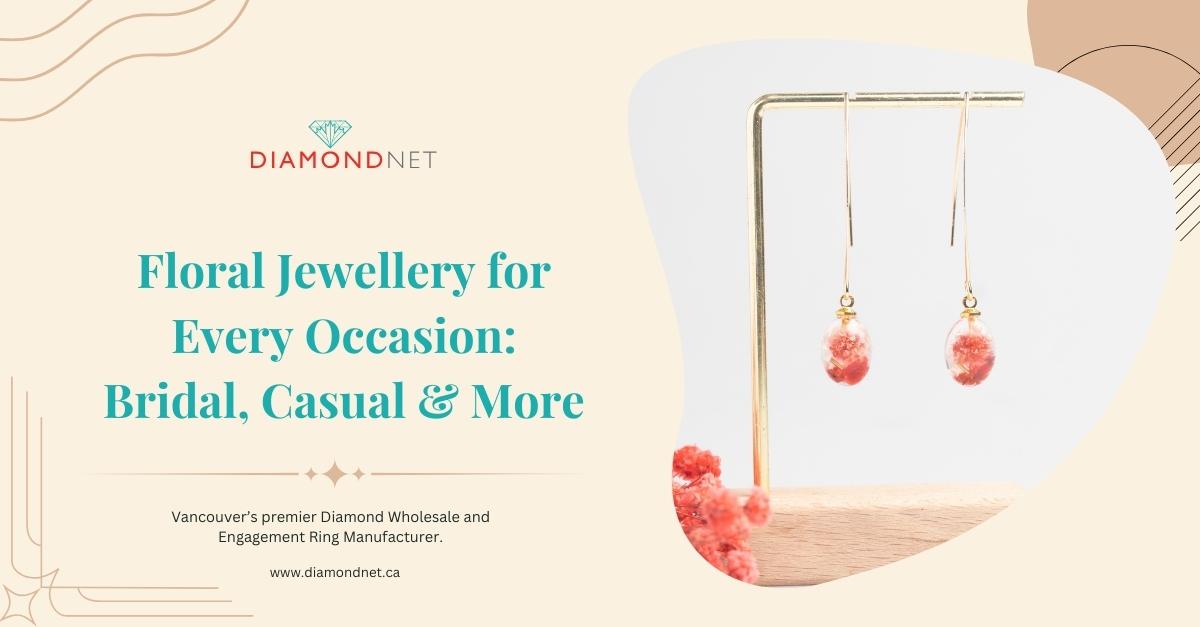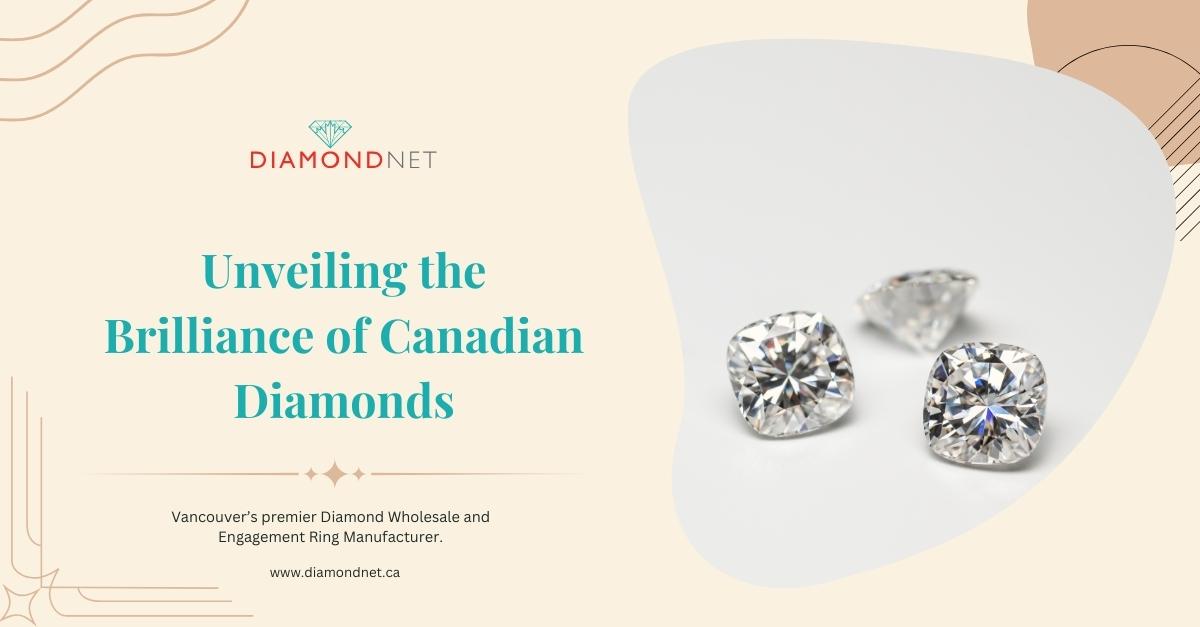According to a theory, the exchange of wedding rings dates back to ancient Egypt more than 4,800 years ago. The ancient Egyptians used rings in their wedding celebrations. Before the advent of coins, the ancient Egyptians used to put a coin with a hole in the center like a ring on their fingers. It is interesting to know that in those days only women wore a wedding ring.
There is another story that early humans tied a rope woven from grass, straw or leather to their fiancé’s hands and feet so that they would not run away, and when they were sure that the girl would stay with him, they untied the legs and left only the rope. They left their hands and tied the string around his fiancé after making sure of the commitment and permanence of his fiancé.
Should a man wear a wedding ring?
Until the middle of the 20th century, most women wore engagement rings because women were part of their husbands’ property in those days. When a woman held a ring, it was a sign that she had a husband and was loyal to her husband. After World War II, many men who had been away from their wives for a long time also began to use the ring as a sign. They got married to always remember their wives.
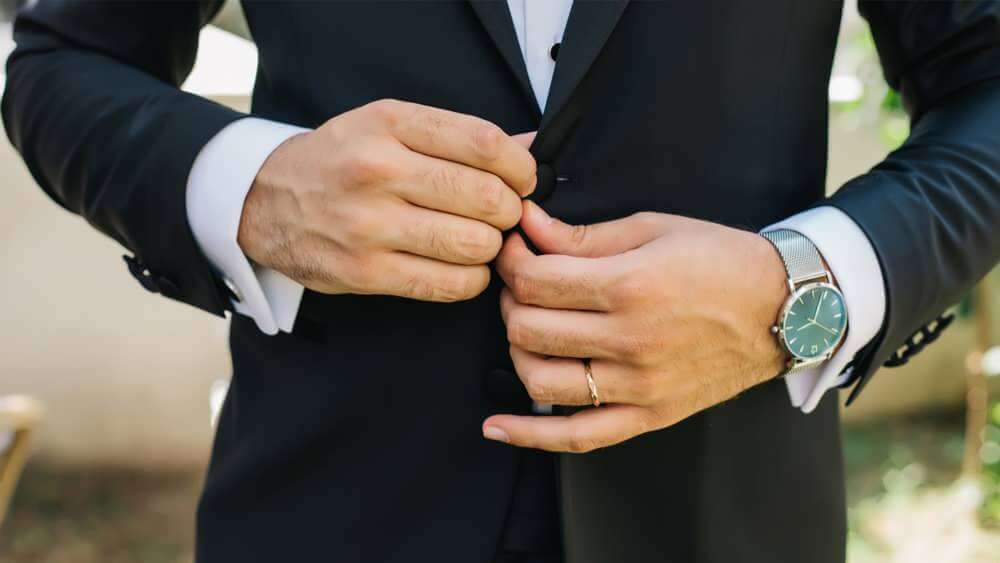
Material and shape of the wedding ring in the past
Looking back at our history, there can be found many interesting facts about engagement rings:
- In the pre-wedding period, iron, brass and copper rings were used as a symbol of the permanence and stability of the marriage contract and as a sign of commitment for the bride.
- In modern Greece, two gold rings were used for the groom and a silver ring for the bride which exchanged as a sign of unity and equality. The gold of the men’s ring indicates the superiority of their position.
- Italians in the 15th and 16th centuries used silver wedding rings with black enamel.
- In the Middle Ages, medieval Europeans used diamond wedding rings and considered their power to be the guardian of the marriage contract.
- Irish peasants did not legitimize marriage without a gold ring.
- In Iceland, the ring seemed less necessary, and engagement and wedding gifts were received in cash. The rings in this country were called finger rings and were made of bone, stone, black amber, gold and silver, and were sometimes so wide that the hand could not pass through. The groom ran his four fingers and the palm of his hand through the ring during the engagement ceremony and took the bride by the hand.
- Three types of metal (gold, white gold, and platinum) are commonly used to make rings. 14 and 18-carat gold are the most traditional metal for making rings in the past.
- In the Church of England, the rings were mandatory for marriage, but their material and size did not matter.
- In earlier times, the shape of the wedding ring was not simple and various shapes such as keys were engraved on it to show the housing authority of the woman.
